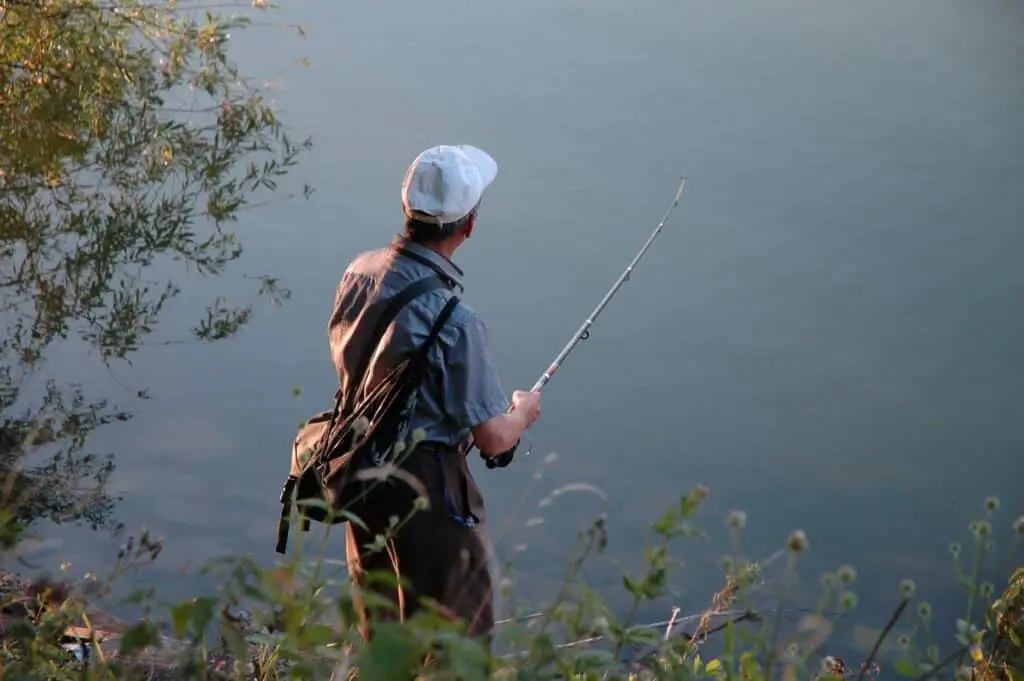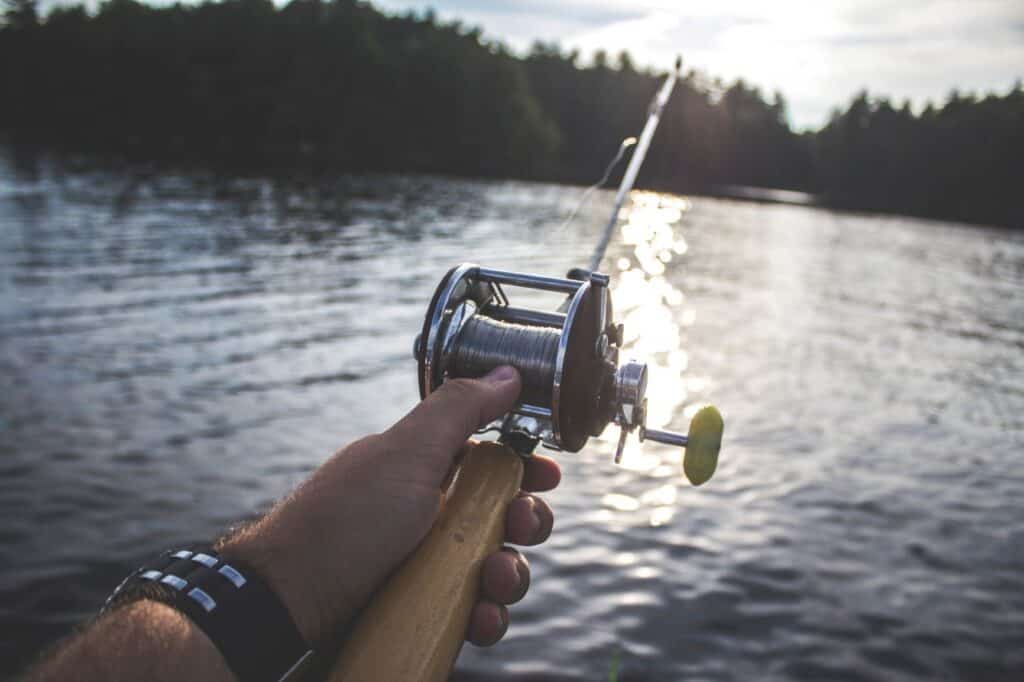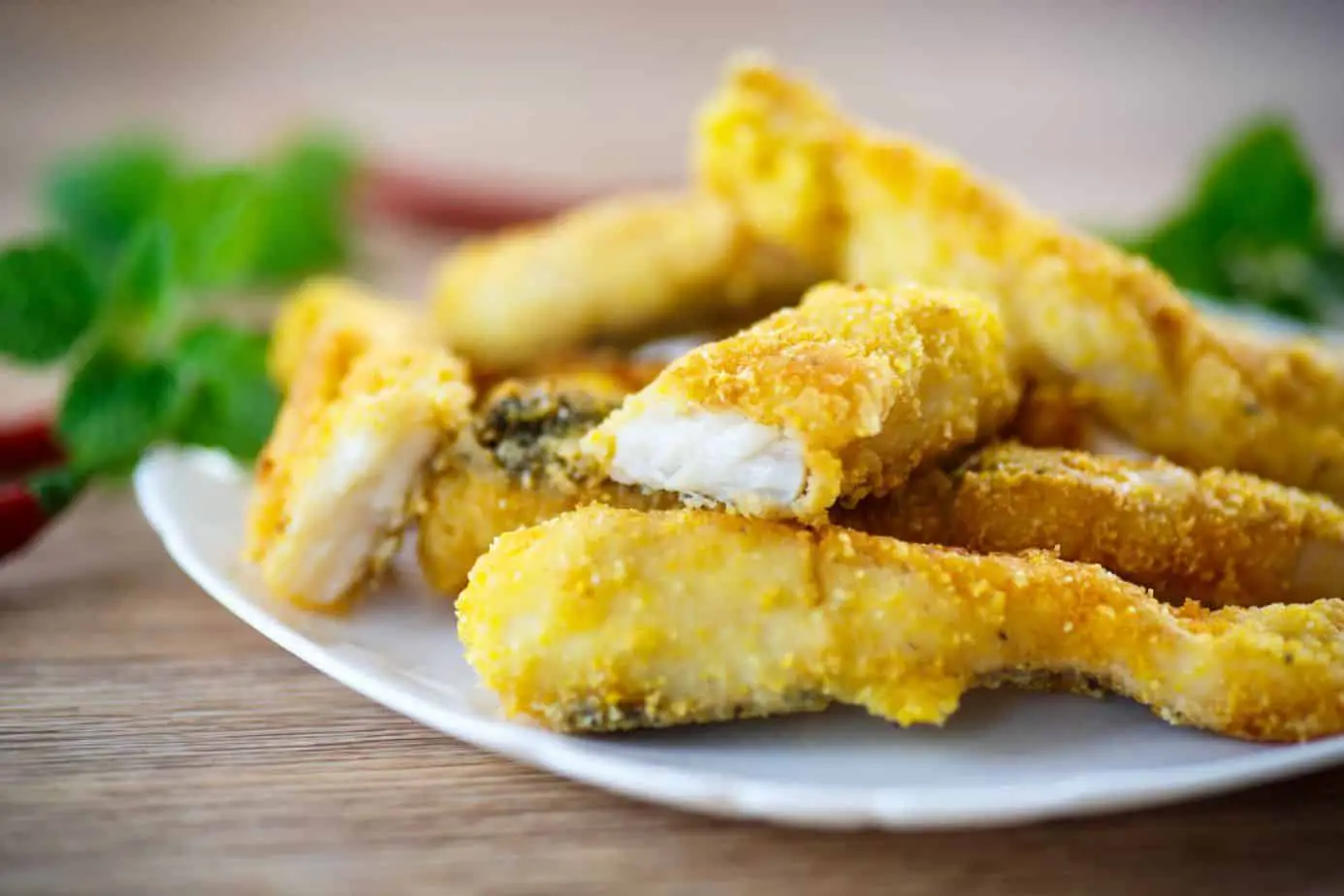Muskellunge, commonly known as Muskie, is the largest member of the Pike family. They are native to North America, living in freshwater. They are challenging fish to catch as they are known to have a selective pallet. This article will focus on whether the Muskie is good to eat.
But are Muskies good to eat?
Despite being a little boney, Muskie is great to eat, and they can be a fun addition to your culinary adventures. But, like many predatory fish, muskie can have elevated amounts of mercury. Many sport anglers frown on eating muskie when fishing in their natural habitat because muskie are slow-growing and not a prolific reproducer. In places that muskie have been introduced, it is more acceptable to keep your catch.
Now you know that Muskie is indeed edible, let’s look at some of the ways to prepare, cook and eat this wonderful fish.
Best Way To Cook Muskie
Preparing Muskie
Some people clean the skin of the Muskie before filleting. Use a little dish soap to give it a quick rinse.
Cut through the skin between the base of the head and before the gills. Cut through the meat of the fish until you hit the backbone. Slice through to the tail to gain the first fillet.
Muskies have Y bones like other fish in the Pike family. After finding the Y bones, put the fish on its side, slice the meat around them halfway through the fish. Turn the fish around and cut up from the belly but over the ribcage to remove the second fillet. Repeat on the other side of the fish. Clean the fillets underwater.
Alternatively, you can shorten the fillet by cutting off prior to the tail. The tail area does not have many bones, so you can be given the option of either steak or cut into chunks.
Although Muskie has Y bones and many other bones, it is bigger and easier to spot and remove.
Cooking Muskie
One of the most popular ways to prepare Muskie is Muskie fish cakes. They are easy to make and adaptable to your taste.
Fish Gumbo is a popular and tasty dish and easily made with Muskie. Onions, bell peppers, and garlic are key ingredients for this dish. Spicing it up with some cayenne pepper and that all-important sausage, or even bacon adds to the depth and flavor of this classic meal.
Pan-fried Muskie is a must for those who like a simple meal, but perhaps with a twist. Wash the fillets and dry with a paper towel. Mix all-purpose flour, salt, pepper, and some spices, i.e., cayenne, paprika or thyme, and dill, for different tasty experiences. Roll the fish in the flour mixture of your choice and shallow fry in peanut oil.
Eating Muskie
Fishcakes are such a versatile meal, and many things accompany them so well. Fries or a crisp salad, baby potatoes rolled in butter, or sautéed veggies! Homemade tartar sauce would work well for these fishcakes.
Freshly cooked rice is an excellent garnish to Gumbo. Eat with crusty bread, yum.
Pan-fried Muskie as above can be enjoyed with homemade mango salsa and fries.
Enjoy your fresh catch with a craft beer. Or, if you prefer, a chilled glass of dry white wine.

Other Noteworthy Information About Muskie
Muskies that have been introduced to different waters can have high mercury content. Be mindful of local contamination guidelines and follow them. Check the websites of your state’s Fish and Game department for local concerns.
Muskie Facts You Should Know
The Muskie is the largest member of the pike family and is native only to North America. Muskie are the top predators in any water they live in. They are a rare fish, so catching one of these monsters is at the top of many angler’s bucket lists.
Let’s examine some other interesting facts about these fascinating creatures.
- Ambush feeders – Muskie are fast with incredible acceleration. They tend to lie in ambush for their prey and snatch them with a lightning-quick lunge.
- Muskie is their nickname – The Muskie’s official name is the Muskellunge.
- Subspecies – There are three main subspecies of Muskie. These are the Great Lakes Muskellunge, The Northern Muskellunge, which is native to Minnesota, Wisconsin, and Michigan. Finally, the Chautauqua Muskellunge is primarily found in Lake Chautauqua and in parts of Ohio. Hence it is sometimes referred to as Ohio Muskellunge.
- Can Crossbreed with Pike – Occasionally, Pike will spawn late enough to match the Muskie Spawning season. This can result in a hybrid ‘Tiger Muskie.’ These hybrids are sterile and grow faster than either of the species that produced them.
- Larger Fish are Always Female – Like their close relatives, the pike, Muskie females are the larger of the sexes.
- Teeth – Muskie teeth and tiger muskie teeth point inward. This helps ensure prey doesn’t get away.
- World Record – The world record fish was caught on July 24th, 1949, in Wisconsin by Cal Johnson. It weighed in at 67 pounds and 8 ounces. However, in 2019 during a walleye survey in Mille Lacs Lake, Minnesota, in which electrofishing was used to stun the fish, a muskie that was longer by inch was recorded. This was returned to the water without being weighed, but potentially is the largest Muskie ever seen.
- Long-Lived – Muskies can live for 18 years and occasionally up to thirty years old in the wild and, on average, will weigh between 15 – 36lbs.
- Watch for the bones – Like Pike, Muskie has a strange ‘Y’ shaped bone that should be dealt with before eating. It is a good idea to catch and release Muskie, but if you intend to eat one, it is best to do so with a smaller fish between 3 and 5lbs.
- Varied Diet – Muskie are opportunistic feeders and will tackle just about anything from small birds, fish species, frogs, and even small mammals like mice.

Muskie Fishing Tips and Techniques
One thing you will need an abundance of is patience. Muskie is often referred to as the ‘Fish of a Thousand Casts,’ which pretty much sums the experience up. Muskie anglers are a dedicated bunch. However, if you apply some patience, go fishing with the right mindset, and apply some of the tips and techniques below, the rewards can be well worth the wait.
Finding Your Prey
Muskie are the top predator, so if you see signs of prey, that is where you should be fishing. Fishing around vegetation such as reed beds and lily-pads is a common starting point if you can’t see any action on the water. Muskies tend to head deeper at the height of summer to find cooler water, and you should adjust your tactics accordingly.
When to Fish for Muskie
Muskies are fussy creatures when it comes to water temperature. This should be noted when fishing. Although they can be caught all year round, their behavior and habitat vary according to the water temperature.
In the summer, the best times are around dawn and dusk when the water’s cooler temperature makes them more active. From Fall through to spring, the opposite is true. They are more likely to be caught in the middle of the day.
What to Fish With
The most common fishing is done using large lures up to 10” in length and preferably fished from a slow-moving boat as you will want to cover a lot of water. Common types of lures are large crankbaits, spinners, bucktails, and floating lures representing injured prey fish.
Musky will often follow the lure right to the boat, and many anglers swear by using a ‘figure of eight’ motion once the lure is within a couple of feet of the rod tip. By manipulating the rod to create this motion, it can often trigger a strike from a following Muskie.
Rods, reels, and the line should also be up to the job of handling these monsters. Ideally, you should return larger fish to the water. Fishing using lighter gear results in a longer fight, which can overstress and often kill the fish.
You should always gear up with appropriate equipment to safely unhook the fish. Needle nose pliers, a jaw spreader, and even bolt-cutters should all be considered essential items when Muskie fishing.
Conclusion
Muskie are rare fish that are tricky to catch. If you do decide to kill and eat one, I hope this article helps you enjoy what will be a rare meal and raise a toast to this beautiful creature as you do so. Patience is required in catching these, and the same ethos should be applied to cooking them. Take your time preparing and cooking the fish, and you will be rewarded with a truly delicious meal.
If you would like to be kept up to date with all the latest fishing news, how-to’s and access lots of interesting content, then why not sign up for our newsletter. And if you enjoyed this article, why not share the goodness on social media or pin it on Pinterest.
If you find this article helpful, don’t leave without sighing up for our newsletter and checking out our Recommended Fly Fishing Gear List.
Don’t forget to check out our other Fish Guide articles.
- Are Bass Good To Eat?
- What’s the Difference Between Trout and Salmon?
- Are Bonefish Good To Eat?
- What’s the Difference Between Carp and Buffalo Fish?
- Are Pike Good To Eat?
- The 7 Best Secret Rainbow Trout Baits
- Best Powerbait For Stocked Trout
- What Is The Difference Between Walleye And Pickerel?
- What Is A Tiger Trout? Where to Find One and How To Catch One


